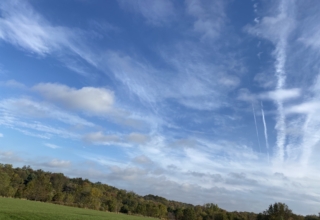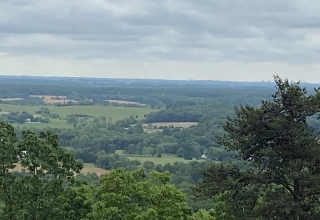
The eighth analysis regarding potential cultural differences might be capturing some of this recalcitrance across different cultures. Future cross-cultural studies are certainly warranted—especially given the highly tentative conclusions reached in the current study. This study, after all, is exploratory—and perhaps pioneering—in nature. More established studies must be conducted that help to build a culture of evidence in our field. Hopefully, this can be done without losing the pioneering spirit. If the results from this study and studies done in the near future help to foster a more global dialogue, then we should be able to retain this spirit.
Next Steps
With the completion of eight reports (and this summary report), I have brought this first phase of the Development of Coaches Study to a close. I have conducted basic descriptive statistical analyses to determine if there are any perspectives regarding coach development that are shared by most practitioners in the field. I have also performed simple t-tests to see if there are differences between various coaching populations in their perspectives regarding this development. A few important communalities and differences were found—though most of the analyses yielded insignificant results. The several communalities and differences that were found to be significant should be further explored.
Phase Two
It is now time to move on to the second phase of this study. I will be engaging more sophisticated statistical tools to determine if there are some discernable patterns of developmental factors and if there are certain factors that seem to contribute consistently to the development of coaches. For example, age is one of the demographic factors to receive attention during this second phase. It is important that we return to an investigation of potential differences as a function of age, because we can treat age as a continuous variable rather than as just two categories (below and above 50) as we have done in this first study. We will be able to conduct correlational analyses including responses to other survey items as related to age. We will also be exploring potential curvilinear relationships between age and responses to other survey items.
Most importantly, in the next phase we will further explore the role played by coaching certification—for it seems to have some impact on the development of coaches. We will be looking at how certification interplays with other factors such as education, country of origin, and number of years operating in the field. Are there clusters that yield several different coach development profiles? Might we even be able to determine which developmental factors lead to the perceived success of coaches? Clearly, further study is needed to better identify and discern the nature of developmental communalities and developmental differences that might not have been discovered in Phase One.















